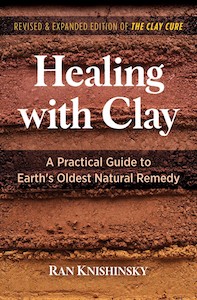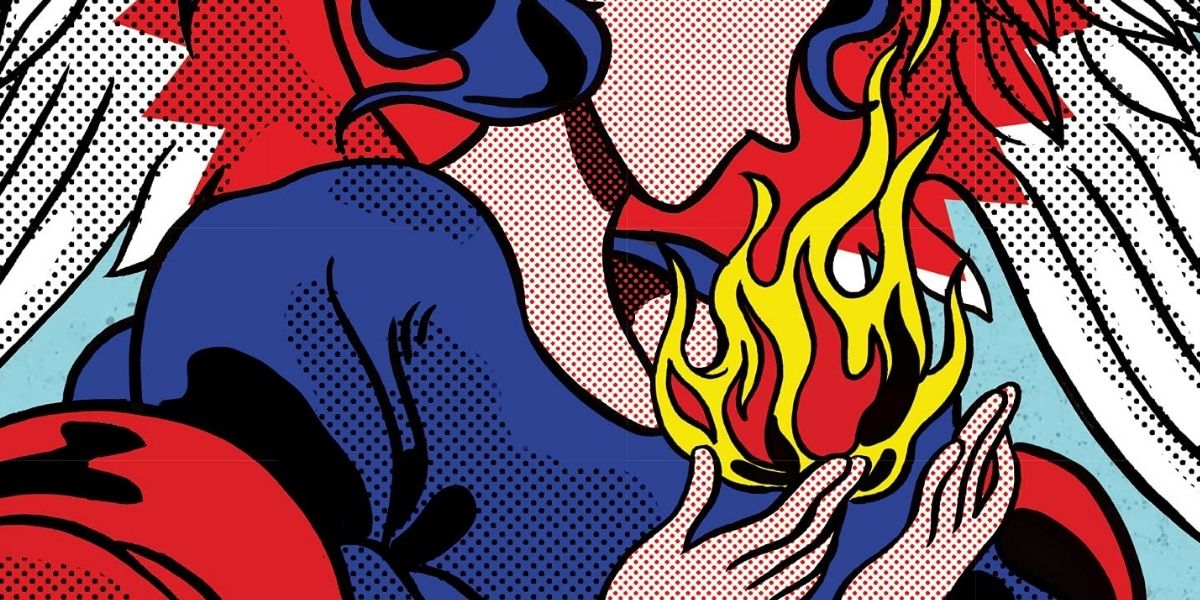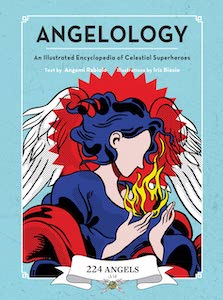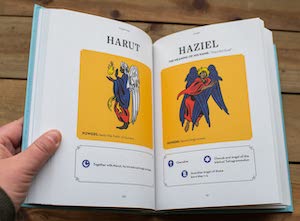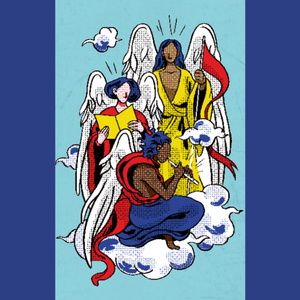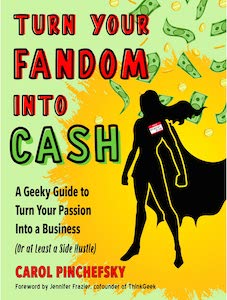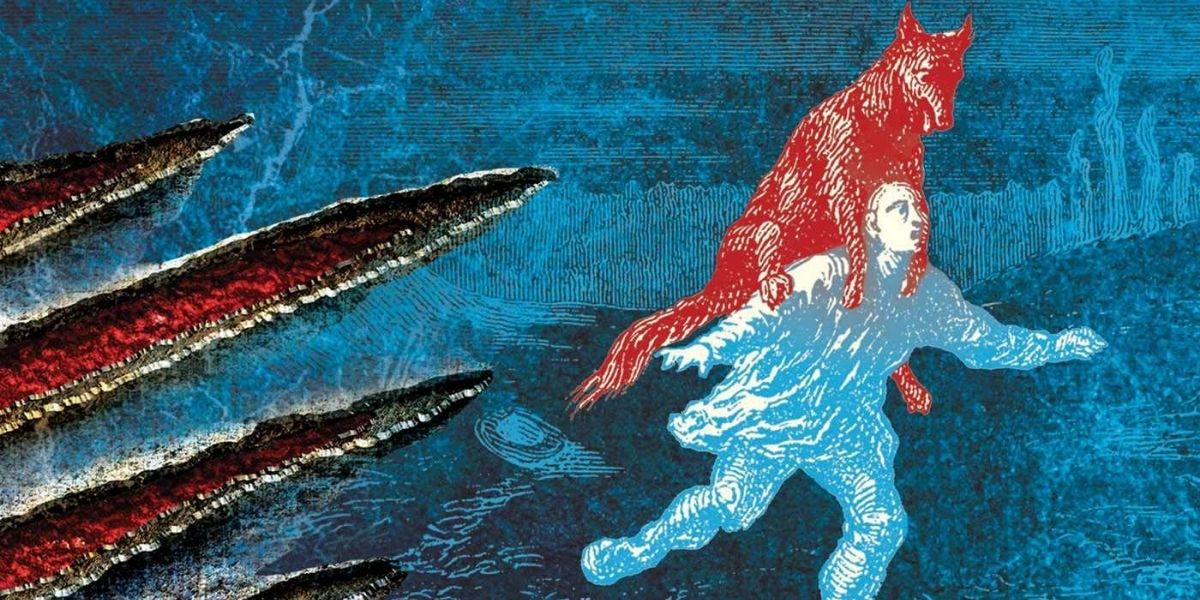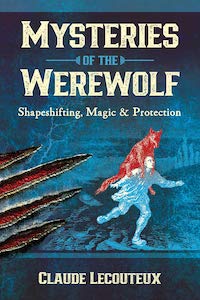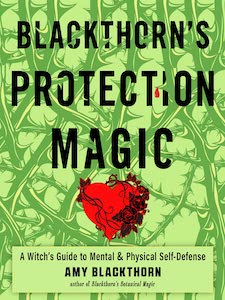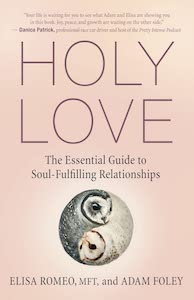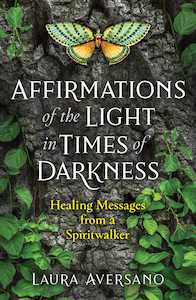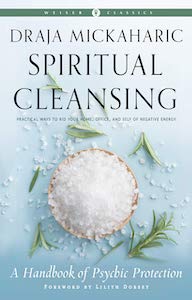
Spiritual Cleansing: A Handbook of Psychic Protection (Weiser Classic Series), by Draja Mickaharic
Weiser Books, 1578637287, 144 pages, February 2022
I’ve been on a deep dive into research on spiritual protection lately, and therefore was thrilled to come across Spiritual Cleansing: A Handbook of Psychic Protection by Draja Mickaharic. Originally published in 1982, this Weiser Classic Services book is just as relevant 40 years later. The added foreword by Lilith Dorsey, author of Orishas, Goddesses, and Voodoo Queens, is an added bonus. I value magical wisdom that stands the test of time. Sometimes it seems like recent and best books are merely repeating the same things based on current readers’ taste and market trends. But this book stood out to me from the get-go, and I knew I wasn’t going to be getting the same old while reading it.
Mickaharic’s experience as a magical practitioner grants him the ability to convey expertise tips and tricks that are both practical and reliable. He’s definitely tried, tested, and witnessed the many outcomes of spellwork gone awry and implemented to success; as a result, he feels like a guide I can trust.
“All of the procedures in this book are simple, safe, and effective, when the directions are followed. They are all natural in their operation, and no special training or capacity is required on the part of the user. All of these cleansings have been tested in my personal practice, as well as in the work of others.”1
Before delving into the many methods of cleansing and protection, Mickaharic provides readers with an understanding of the need for them. He notes the physical and spiritual nature of life on Earth, the latter which often is dismissed in favor of the tangible senses. But we all have felt the lingering sense of a negative energy present after interactions with certain people or being in a specific location.
“The spiritual energy field, like the quality or vibration of people, places, and things, is not detectable through the physical senses. Once we can make a distinction between the physical and the spiritual parts of the human constitution, it becomes easy to understand just how spiritual cleansing works.”2
He further goes on to explain how religious rituals have their own methods of cleansing, but that this book can be used whether one has a religious practice or not. If one does, Mickaharic suggests that the practices in the book do not interfere but rather enhance it. And I might add this book does refer to Bible passages and Psalms as part of some of the recommendations for spiritual cleansing. I have no problem with this, as for over a decade I’ve explored the intersection of Christianity and spellwork, but others who take a more firm stance against Christianity should take note prior to reading. There’s still plenty to gain though, and much of the content is independent of any religious connotation.
The four main types of cleansing focused on in this book are cleansing with baths, water, eggs, and incense, which all have their own detailed chapter. There’s also chapters on the malocchio (evil eye), protection while asleep, quieting one’s mind, and finding a mentor. And all together, this book has become my go-to for spiritual cleansing. Rather than sharing all the potent cleansing practices Mickaharic covers, I will share some of the really interesting things I learned, what stood out to me most, and my favorite parts that I feel distinguish this book from others.
First of all, there is a ton of information on ritual baths! Many times, I see a list of ingredients for cleansing or spellwork bath, but Mickaharic goes into full detail about how to prepare for a ritual bath, history of ritual bathing, and even words of caution. Plus, there’s so many sugged: Psychic Tension Bath, Coffee Hard Work Bath, The Money Cinnamon Bath. And the majority of the baths include household items that one wouldn’t have to go on a goose chase to find.
I learned a lot about properties of different types of water from the chapter “Cleansing with Water”. Mickaharic describes the different energy and usage of sea water, rain water, waterfalls, spring water, and lake water. For those who regularly use water in their practice, this information would be useful to know what is best for which type of magical working one is doing. Also included are different herbs that can be added to water to achieve a desired effect.
Eggs are something that I’ve used for over a decade to cleanse a new home, but Mickaharic showed me new ways to use eggs for spiritual healing. He suggests ways to use them for physical and emotional healing, ending a relationship, protection while asleep, and cleansing your pets or the sick. I love this method of cleansing because I nearly always have eggs on hand, and they are a quick and easy way to shift energy.
Of all the sections, though, incense cleansing had the most insight into how I could enhance my practice of burning incenses. I had never realized that certain smells attracted specific spirits, nor that some incenses are good for banishing spirits, while others are intended to call them in.
“When we use incense to clean a place, we are calling those forces of the astral universe which regularly act to remove negative influences. We are simply calling them and asking them to work in a particular area. When we burn incense to improve the vibration of a place, to give the place a more “spiritual” vibration, we call on those forces which naturally act to improve spiritual vibrations. Each incense, or blend, is a sort of “telephone number” which is answered according to the sincerity of our request. If we burn incense with no real purpose, we may find the forces decide we are calling a wrong number–and they will not act in harmony with our desires.”3
Mickaharic gives instructions on how to properly burn incense and offers many suggested blends. He describes cones and sticks and even how to fumigate oneself. I really liked learning about frankincense and myrrh; I had never previously heard about their connection to the astral realm, and it was interesting to learn in light of their significance to infant Christ.
Finally, I was thrilled for a whole section on the malocchio. My Italian family often spoke of it, and my great-grandmother knew the method for removing it at the strike of midnight on a new year. But I have rarely been able to find additional information about how to remove it. Not only does Mickaharic go into detail about the history of the malocchio and how it is transmitted, he also offers a Beer Bath to remove it, along with suggested charms and amulets to keep it at bay.
All in all, Spiritual Cleansing has been a great aid in my spring cleaning this year. When I am seeking to cleanse myself or my home, I’ve been able to find quick suggestions to shift the energy. Plus, the ritual baths are sure to make any water-lover eager to perform some spellwork. There’s so much value in knowing not only how to protect yourself, but cleanse yourself too. Spiritual hygiene is a practical, and honestly essential, craft for all those who perform energy work. But quite frankly, we can all benefit from a good energetic sprucing up!
Alanna Kali is an astrologer, numerologist, and pioneer spirit that loves to explore life through the lens of depth psychology. She has a passion for studying the humanities and social trends. Her academic work is centered upon reuniting body, mind, and spirit through eco-psychology. She loves reading, spending time in nature, and travel.


